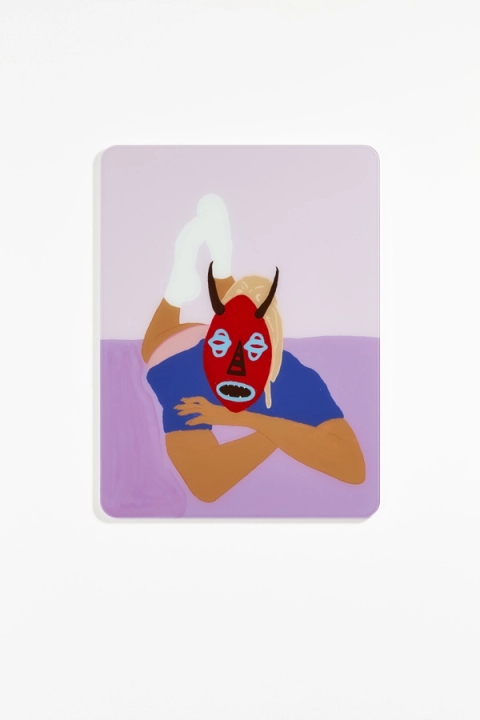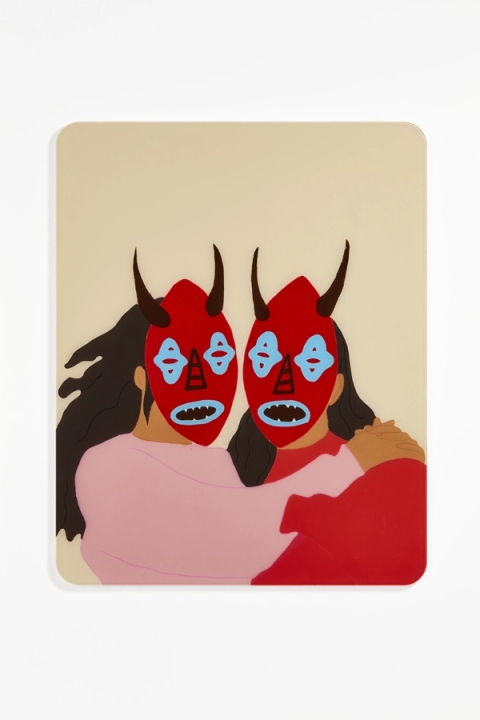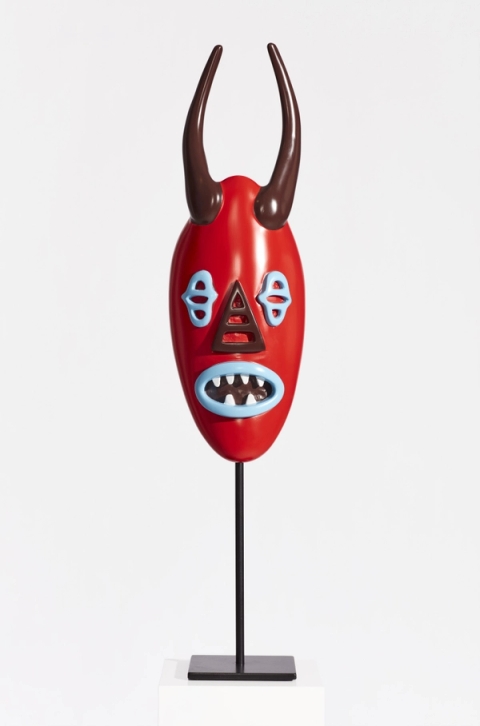My Enquiry (0)
No artwork has been selected.
Please choose an artwork to enquire.
Enquiry Submitted
Thank you for your enquiry and interest in our artists’ work. A member of the gallery team will respond shortly.
000%
19 August - 17 September 2021
Jozua Gerrard transports quotidian scenes of contemporary youth into heightened utopic realities. Vivid hues cast a nostalgic spell over these lonely, lounging figures; a generation displacing their real selves with the virtual idea of themselves, at once losing and reclaiming control over modes of self-presentation.
Southern Guild presents Loveland, a collection of large-scale, enamel-on-glass paintings by emerging artist Jozua Gerrard. Gerrard’s solo exhibition, his first with Southern Guild, explores his personal experience of contemporary youth culture – its connections and disconnections, utopian projections and ever-present shadows.
Gerrard’s fascination with the everyday is central to his paintings, which he describes as “little windows into people’s existence”. He transports ordinary scenes into heightened realities, creating new worlds dominated by bold colours and magnetic, symbolic characters. Loveland is one such reality, a utopia of sorts where things are not as perfect as they seem – much like the worlds projected by social media.
Loveland is a series of tableaux depicting pairs of friends partying and individual figures smoking, lounging or self-consciously posturing for the viewer. A sense of disconnect, of aloneness, disrupts the perfection of Loveland, introducing a darker tone amidst the bright and playful scenes. Several dualities arise as a result, a theme throughout Gerrard’s work.

His generation, he says, uses social media as an augmentation of themselves. “We don’t think of it as a tool, but rather a direct extension of ourselves and our minds,” says Gerrard. “Once you realise that it’s not perfect for everyone, things open up.”
His bright, horned mask is a signature motif, holding multiple symbolic meanings for the artist. He describes this mask as an attempt to reclaim the notion of ‘primitivism’ from colonialist appropriation by placing it in an everyday, contemporary context. The mask allows the wearer to skew or hide their identity, giving them the opportunity to be more than one thing at the same time. “It’s like you’re saying ‘It’s me, but I’m still hiding,” he explains, “It is always me behind the mask.” This asserts Gerrard’s fluidity and his conscious movement away from the restrictive labels often imposed on individuals, artifacts of an entrenched societal inclination. The wearer becomes faceless, non-specific and devoid of emotion, and in turn, gains access to a new reality of Gerrard’s creation. The mask is a supernatural accoutrement in this imaginary world, a protective shielding against emotions, both external and internal.
With their smooth glass surfaces, rounded corners and curved wooden frames, the paintings’ physical format visually echoes that of an iPad – recalling the main instrument Gerrard uses to produce his work. The 11 works for Loveland began as hand-drawn sketches, which were photographed and uploaded to then amass layers of detail and colour in the digital environ of his iPad. The final images are then transferred onto glass, and painted by hand, using enamel paint and markers. Birthed by seamless transitions into and out of the digital realm, they reach their end as vivid yet uneasy depictions of contemporary life, lived and viewed frame by frame.
Artists
Works

















